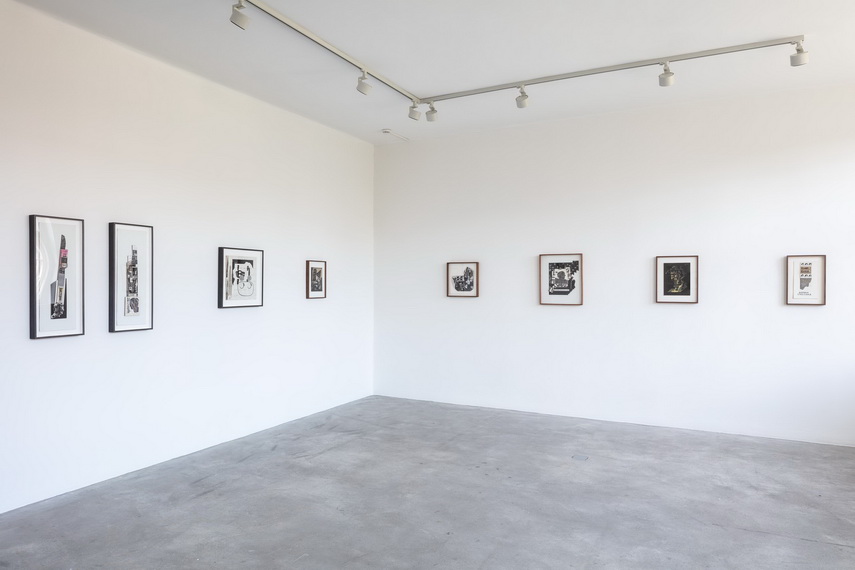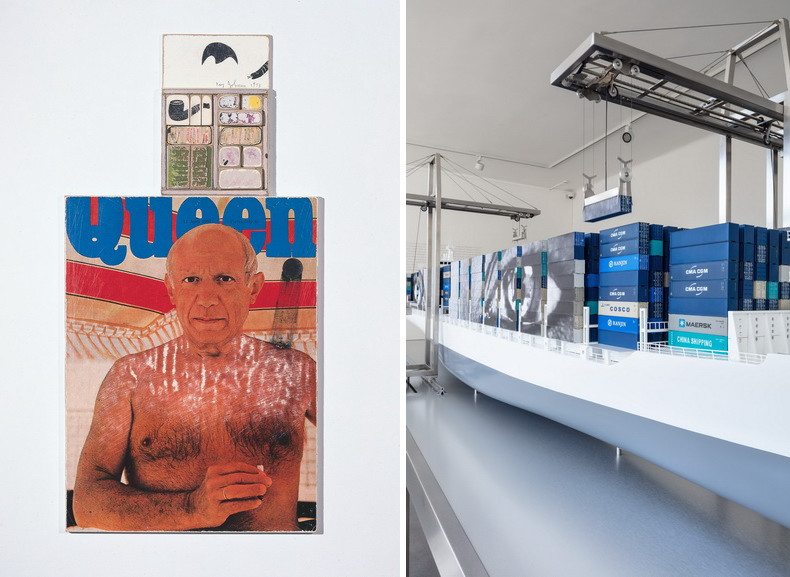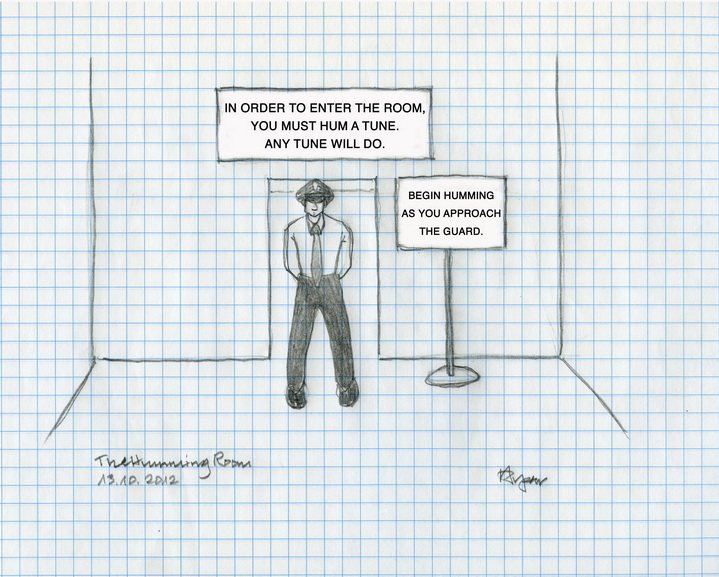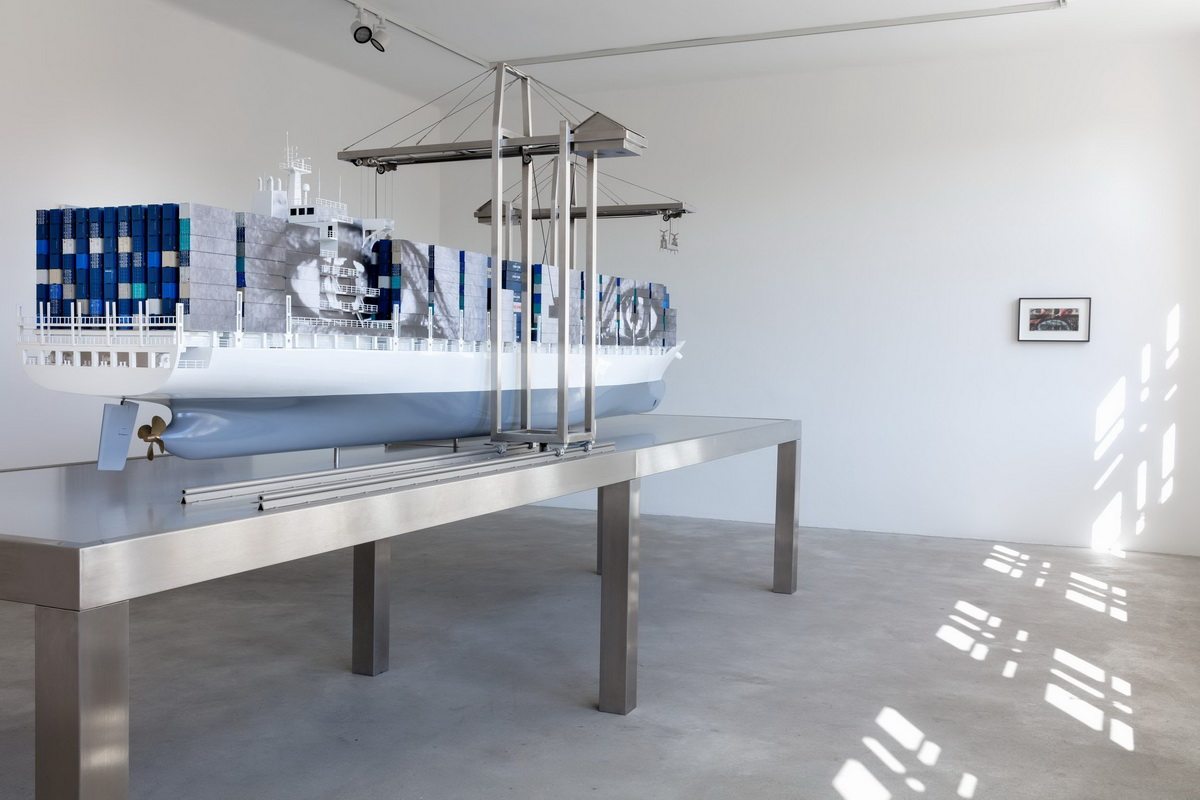[ad_1]
The art phenomenon which was developed on the basis of experimentation with media and exploration of the very notion of communication was mail art. Although this particular approach is considered to be part of the wider Fluxus movement, it set off already in the mid-1940s with the activity of Ray Johnson, who was practically the first practitioner of mail art.
As the title of the movement suggests, the point was to produce works or rather various interventions on various formats and materials including postcards, paper, collage of found or recycled images and objects, or any other material which can be wrapped in an envelope and sent via post.
In order to examine the development of mail art throughout the decades, German Museum Frieder Burda decided to release an exhibition focused on the practices of three generations of mail artists such as the mentioned Ray Johnson, Adrien Piper, and JR.

The Exhibition Concept
The way we communicate through social networks and various other virtual platforms has altered out everyday communication so the experience entirely changed often leaving just gaps and disruptions.
Therefore, the upcoming exhibition tends to shed light on how these artists perceived communication with the technology rapidly changing which implies that each artistic strategy brought something new to the movement. To be more precise, all of them share the same focus – the need to engage the viewer to became involved with the artwork.

The Approaches
The installment will bring together the works of the father of mail-art Ray Johnson, who was eager to establish communication and interaction through his expressive collages; one of the leading conceptual artists and philosopher Adrian Piper, who devotedly seeks for active and critical reflection on the basis of the famous feminist maxim personal is political; as well as the works of a French multimedia artist JR, whose collage based practice released in public sphere tends to activate the local residents.
The common denominator of the three approaches is the abandonment of the classical artistic framework and the proposition of new participatory forms through which the artwork becomes an integral part of everyday experience; their art goes beyond the constraints of in language, religion, and ideology and offers a platform for social and political articulation.

Johnson, Piper and JR at Museum Frieder Burda
Patricia Kamp, the exhibition curator and the artistic director of the institution expressed her hopes regarding the upcoming show:
While preparing this show, we were often surprised by the intensity of the dialog between the works of Ray Johnson, Adrian Piper, and JR. This reminded us once again that we do not live as individuals surrounded by meaningless, isolated facts, but that we are part of a multitude of references, correspondences, and encounters that connect us with other people and the world. We very much hope that our visitors will share this experience. The way the art on show touches people by rendering visible their faces and voices for more humanity and open society is both enriching and a key aspect of this exhibition.
JR – Adrian Piper – Ray Johnson will be on display at the Museum Frieder Burda in Baden-Baden, Germany from 25 April until 5 August 2019.
Featured image: Installation view: Ray Johnson – Untitled (Richard Feigen Silhouette with Tesserae Snake), 1979. Collage on cardboard and Untitled (Richard Feigen and Eleanor Ward Meet Miss Subways), 1979, collage on cardboard, Museum Frieder Burda, BadenBaden; Untitled (Golf Balls with Brick Snake), 1986. Collage on Masonite; Untitled (Please Send to Joseph Beuys), ca. 1980-90. Collage on cardboard panel; Untitled (Paik in Studio), 1984–94. Collage on cardboard panel; Gertrude Stein Pinking, 1971. Collage on cardboard; Henry Ford II (belt buckle), 1988. Collage; Untitled (Barbra Streisand), 1976–91+. Collage on illustration board, Ray Johnson Estate © Ray Johnson Estate, New York 2019. All images courtesy Museum Frieder Burda.
[ad_2]
Source link

